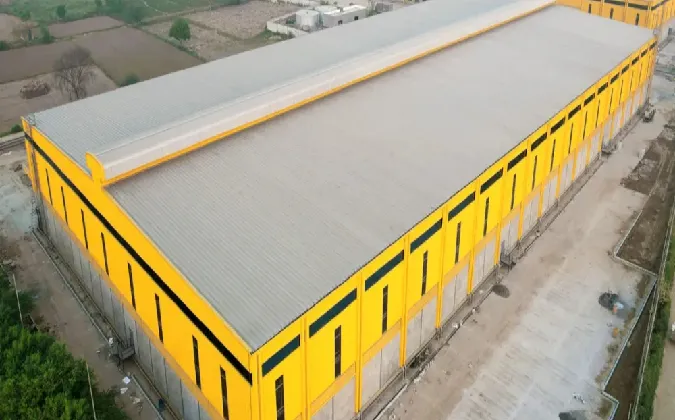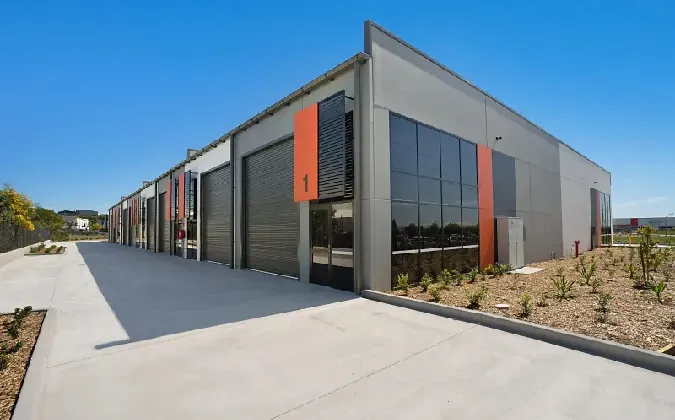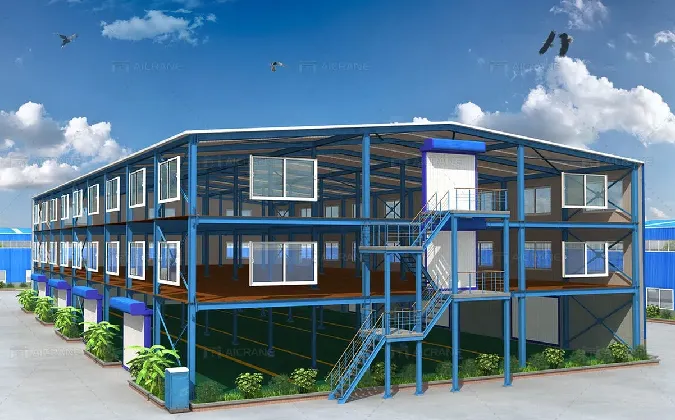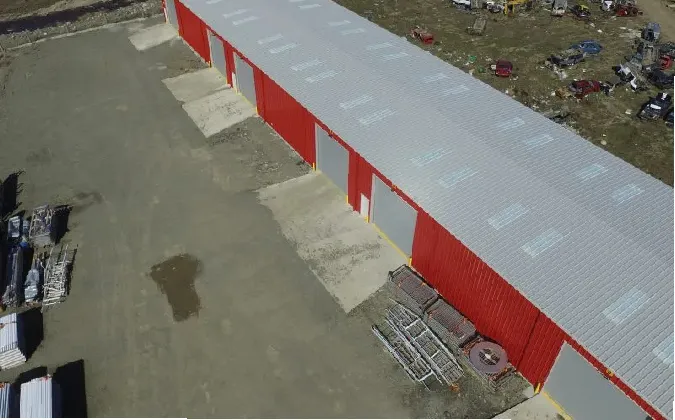- Afrikaans
- Albanian
- Amharic
- Arabic
- Armenian
- Azerbaijani
- Basque
- Belarusian
- Bengali
- Bosnian
- Bulgarian
- Catalan
- Cebuano
- Corsican
- Croatian
- Czech
- Danish
- Dutch
- English
- Esperanto
- Estonian
- Finnish
- French
- Frisian
- Galician
- Georgian
- German
- Greek
- Gujarati
- Haitian Creole
- hausa
- hawaiian
- Hebrew
- Hindi
- Miao
- Hungarian
- Icelandic
- igbo
- Indonesian
- irish
- Italian
- Japanese
- Javanese
- Kannada
- kazakh
- Khmer
- Rwandese
- Korean
- Kurdish
- Kyrgyz
- Lao
- Latin
- Latvian
- Lithuanian
- Luxembourgish
- Macedonian
- Malgashi
- Malay
- Malayalam
- Maltese
- Maori
- Marathi
- Mongolian
- Myanmar
- Nepali
- Norwegian
- Norwegian
- Occitan
- Pashto
- Persian
- Polish
- Portuguese
- Punjabi
- Romanian
- Russian
- Samoan
- Scottish Gaelic
- Serbian
- Sesotho
- Shona
- Sindhi
- Sinhala
- Slovak
- Slovenian
- Somali
- Spanish
- Sundanese
- Swahili
- Swedish
- Tagalog
- Tajik
- Tamil
- Tatar
- Telugu
- Thai
- Turkish
- Turkmen
- Ukrainian
- Urdu
- Uighur
- Uzbek
- Vietnamese
- Welsh
- Bantu
- Yiddish
- Yoruba
- Zulu
Dec . 11, 2024 11:26 Back to list
Investing in a warehouse building, whether a traditional structure or portable warehouse buildings, is a significant financial decision. To ensure success, businesses need to assess the long-term economic benefits and calculate the return on investment (ROI). By understanding key factors and metrics, customers can make informed choices that maximize profitability and efficiency.
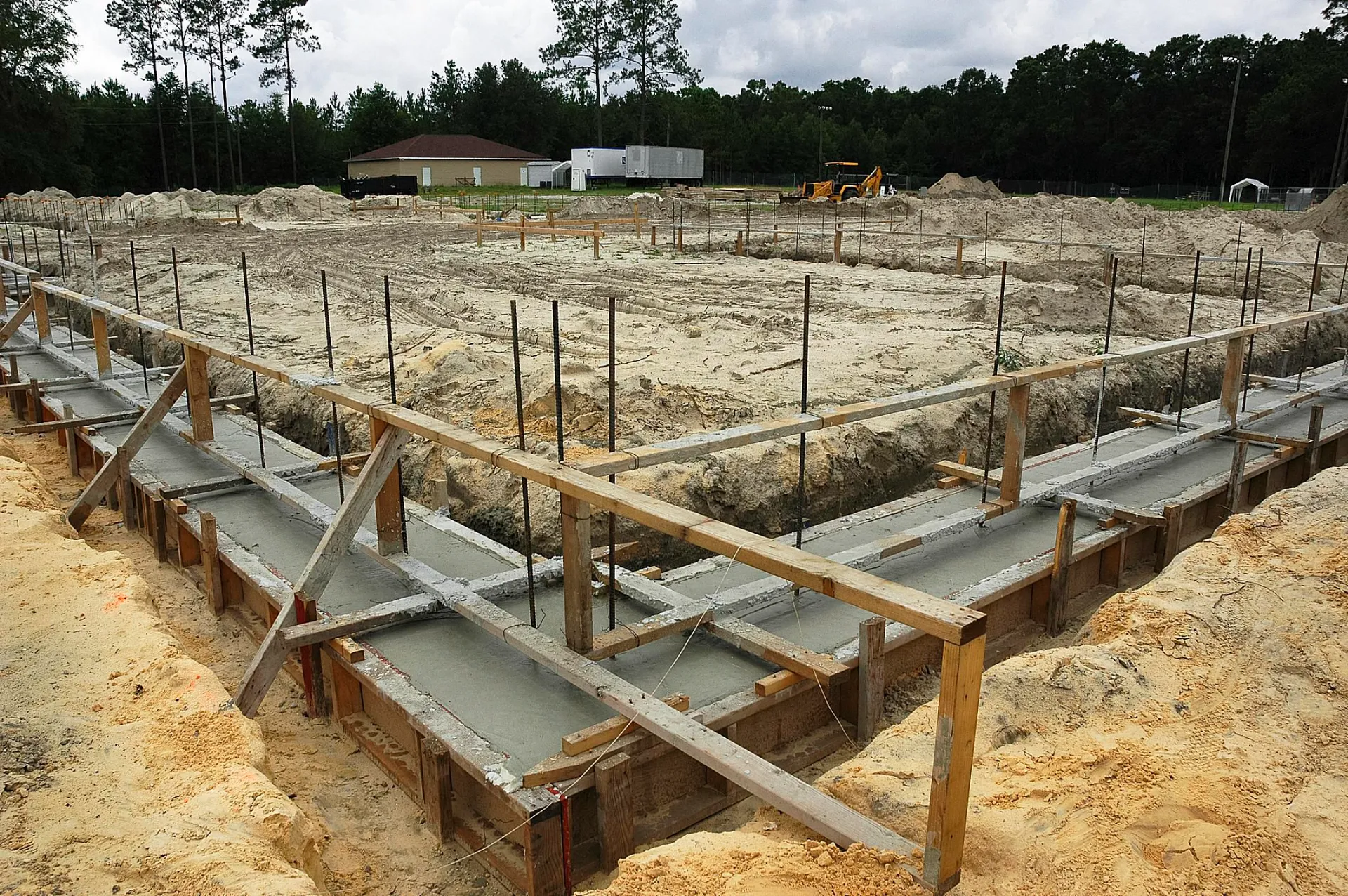
Key Factors in Assessing ROI for Warehouse Construction
Evaluating the ROI for warehouse building construction requires considering various factors that influence costs and benefits over time.
Initial Construction Costs
- Material Choices:The use of high-quality materials, such as steel for metal warehouse kits, can reduce maintenance costs and extend the lifespan of the structure. While upfront costs might be higher, the durability and longevity of materials like steel often lead to better ROI.
- Customization Needs:Custom features, such as advanced ventilation systems or modular layouts, may increase initial expenses but can improve operational efficiency and productivity in the long term.
Operating Costs
- Energy efficiency is a critical consideration in reducing utility expenses. Opting for insulated portable warehouse buildingsor integrating solar panels can significantly lower operational costs over time.
- Maintenance requirements should also be factored in. Structures like metal warehouse kitstypically require less frequent repairs than traditional materials, reducing long-term expenses.
Revenue Generation Potential
- Storage Capacity:A well-designed warehouse building maximizes usable space, allowing businesses to store and handle more products efficiently.
- Location Impact:The proximity of the warehouse to key markets or transportation hubs affects distribution speed and shipping costs, directly influencing revenue generation.
Calculating Long-Term Economic Benefits of a Warehouse Building
Customers can estimate the long-term economic advantages of warehouse building construction by analyzing key metrics and forecasting future gains.
Cost Savings Over Time
- Calculate the reduction in transportation costs due to strategic location. A centrally located portable warehouse buildingcan lower logistics expenses significantly.
- Factor in energy savings from using sustainable designs, such as energy-efficient lighting or insulated panels. These savings contribute to ROI over the warehouse's lifespan.
Revenue Projections
- Determine the potential increase in revenue from improved storage and operational efficiency. For example, a larger or better-organized metal warehouse kitcan accommodate more inventory, leading to greater sales opportunities.
- Evaluate the ability to serve new markets or regions with faster delivery times enabled by strategically placed warehouse buildings.
Tools and Metrics for ROI Evaluation
When evaluating the ROI of a warehouse building, specific tools and metrics can help customers make data-driven decisions.
Payback Period
- This metric measures how long it will take to recover the initial investment from cost savings or increased revenue. A shorter payback period indicates a more favorable ROI. For example, the low maintenance needs of metal warehouse kitsoften shorten the payback period compared to traditional structures.
Net Present Value (NPV)
- NPV considers the present value of future cash flows from the warehouse investment, factoring in construction and operating costs. A positive NPV indicates that the investment is financially sound.
Internal Rate of Return (IRR)
- IRR provides a percentage that represents the profitability of the investment. Comparing the IRR of a portable warehouse buildingto other investment opportunities helps customers prioritize spending.
Why Metal Warehouse Kits Lead to Higher ROI
Among various options, metal warehouse kits are increasingly popular due to their cost-effectiveness and long-term benefits.
Durability and Low Maintenance
- Steel structures are highly resistant to weather, pests, and fire, reducing repair costs over time.
- Their durability means less frequent replacements, ensuring sustained performance for decades.
Modular and Portable Features
- Many metal warehouse kitsare designed for easy assembly and disassembly, allowing businesses to adapt to changing storage needs or relocate facilities with minimal cost.
- These features make them an excellent choice for businesses anticipating growth or needing flexibility in operations.
Energy Efficiency
- Insulated panels and reflective roofing options in modern metal warehouse kitshelp minimize heating and cooling expenses, enhancing the ROI further.
Maximize ROI with the Right Warehouse Solution
Choosing the right type of warehouse building can significantly impact ROI and long-term profitability. Whether investing in durable metal warehouse kits or adaptable portable warehouse buildings, businesses should focus on factors like material quality, operational efficiency, and strategic location. By carefully analyzing costs and benefits, customers can secure a high-performing warehouse that supports their goals for years to come.
Visit our website today to explore our range of warehouse building solutions and find the perfect option for your business needs!
-
Steel Frame Factory with Insulated Roof Panels
NewsAug.14,2025
-
Prefab Metal Building with Insulation Package Options
NewsAug.14,2025
-
Industrial Steel Sheds for Temporary Workshop Use
NewsAug.14,2025
-
Metal Workshops Featuring Corrugated Steel Roofs
NewsAug.14,2025
-
Modular Steel Frame Excellence: Our Pursuit of Perfection
NewsAug.14,2025
-
Metal Garage Kits Crafted with Customer Satisfaction at Heart
NewsAug.14,2025
Products categories
Our Latest News
We have a professional design team and an excellent production and construction team.






